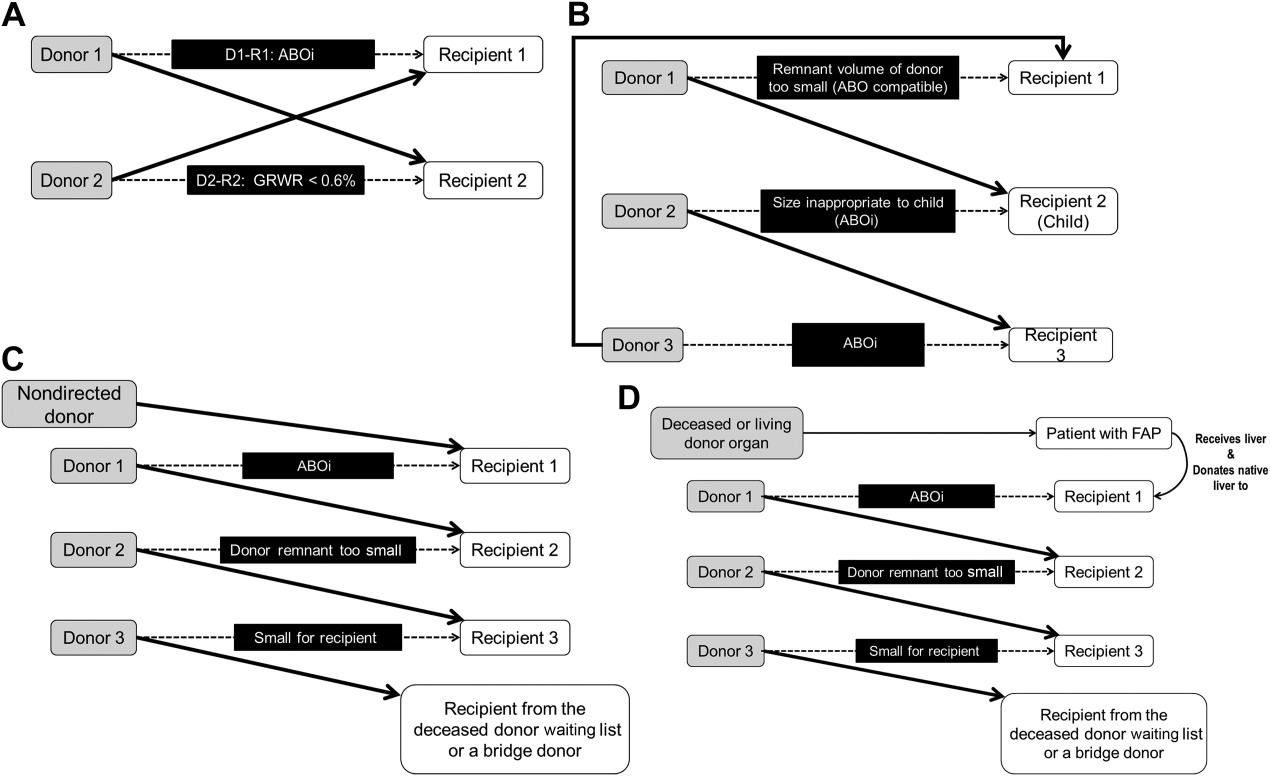A class of repugnant transactions (gambling, subject to many legal restrictions designed to limit its availability) and protected transactions (sports events, subject to many regulations designed to protect their integrity) have come a bit closer together through a recent Supreme Court decision about a complicated law.
Here's the news story from Inside Higher Ed:
Gambling on Sports Legal
The Supreme Court has opened the way for states to legalize betting on athletics, a defeat for the National Collegiate Athletic Association and professional leagues.
"The U.S. Supreme Court on Monday struck down a law that had forbidden gambling on college and professional sports outside Nevada."
The link above goes to the Supreme Court decision.
But what makes the law that they struck down complicated is that it didn't make sports betting a crime, rather it forbade States from allowing it.
Here's some legal commentary on the decision from a law firm involved in the case:
https://www.gibsondunn.com/supreme-court-strikes-down-federal-limits-on-sports-gambling/
"The Supreme Court held 7-2 that a federal law prohibiting States from authorizing sports betting violates the Tenth Amendment because it impermissibly commandeers state legislatures.
"Background: A federal law – the Professional and Amateur Sports Protection Act of 1992 (PASPA) – prohibits States from authorizing or licensing sports gambling. In 2014, the New Jersey legislature repealed existing prohibitions on sports gambling at casinos and racetracks. The NCAA and the four major professional sports leagues sued the State, arguing that the decision to allow sports gambling violated PASPA.
"Issue: Whether PASPA’s federal prohibition on state authorization of sports gambling violates the Tenth Amendment because it commandeers state legislatures.
"Court’s Holding: Yes. PASPA unconstitutionally commandeers state legislatures by dictating the content of state law regarding sports gambling (i.e., preventing States from legalizing sports gambling).
“A more direct affront to state sovereignty is not easy to imagine.”
***********
Here's the Volokh conspiracy on possible broader implications of this decision
Broader Implications of the Supreme Court's Sports Gambling Decision
Commentators are right to suggest that Murphy v. NCAA will help sanctuary cities, but wrong to claim it is like to undermine federal laws restricting state taxes.
Here's the news story from Inside Higher Ed:
Gambling on Sports Legal
The Supreme Court has opened the way for states to legalize betting on athletics, a defeat for the National Collegiate Athletic Association and professional leagues.
"The U.S. Supreme Court on Monday struck down a law that had forbidden gambling on college and professional sports outside Nevada."
The link above goes to the Supreme Court decision.
But what makes the law that they struck down complicated is that it didn't make sports betting a crime, rather it forbade States from allowing it.
Here's some legal commentary on the decision from a law firm involved in the case:
https://www.gibsondunn.com/supreme-court-strikes-down-federal-limits-on-sports-gambling/
"The Supreme Court held 7-2 that a federal law prohibiting States from authorizing sports betting violates the Tenth Amendment because it impermissibly commandeers state legislatures.
"Background: A federal law – the Professional and Amateur Sports Protection Act of 1992 (PASPA) – prohibits States from authorizing or licensing sports gambling. In 2014, the New Jersey legislature repealed existing prohibitions on sports gambling at casinos and racetracks. The NCAA and the four major professional sports leagues sued the State, arguing that the decision to allow sports gambling violated PASPA.
"Issue: Whether PASPA’s federal prohibition on state authorization of sports gambling violates the Tenth Amendment because it commandeers state legislatures.
"Court’s Holding: Yes. PASPA unconstitutionally commandeers state legislatures by dictating the content of state law regarding sports gambling (i.e., preventing States from legalizing sports gambling).
“A more direct affront to state sovereignty is not easy to imagine.”
***********
Here's the Volokh conspiracy on possible broader implications of this decision
Broader Implications of the Supreme Court's Sports Gambling Decision
Commentators are right to suggest that Murphy v. NCAA will help sanctuary cities, but wrong to claim it is like to undermine federal laws restricting state taxes.






